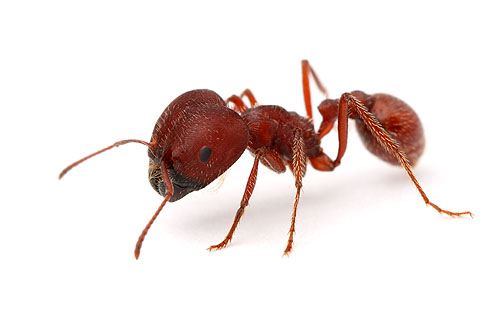
Pogonomyrmex badius
The Archbold Biological Station hosts 100+ species of ants. Here are a few of them.

Trachymyrmex septentrionalis

Platythyrea punctata
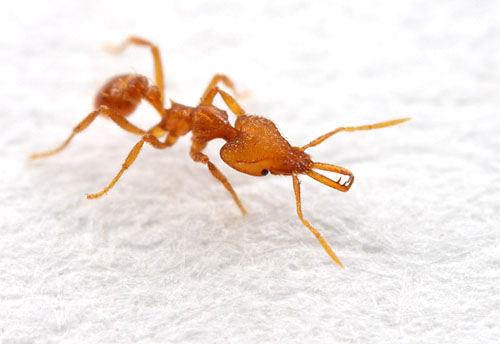
Strumigenys rogeri

Cyphomyrmex rimosus (queen)

Dorymyrmex bureni
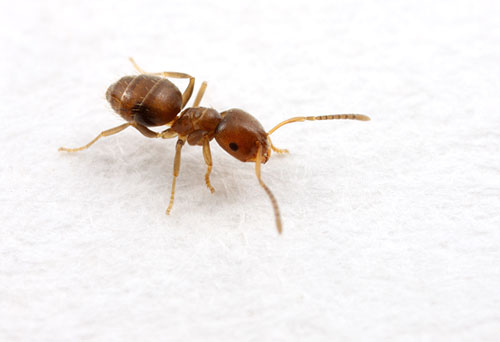
Brachymyrmex obscurior

Paratrechina longicornis

Xenomyrmex floridanus

Cardiocondyla emeryi

Camponotus floridanus
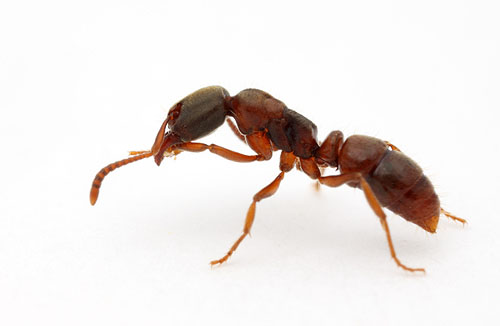
Pachycondyla stigma
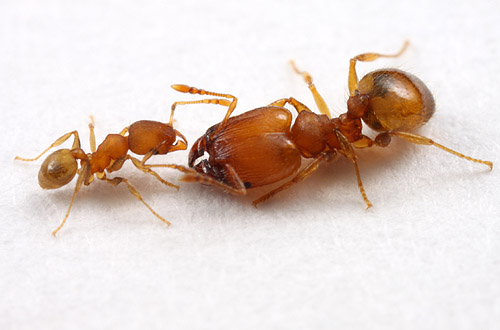
Pheidole dentigula
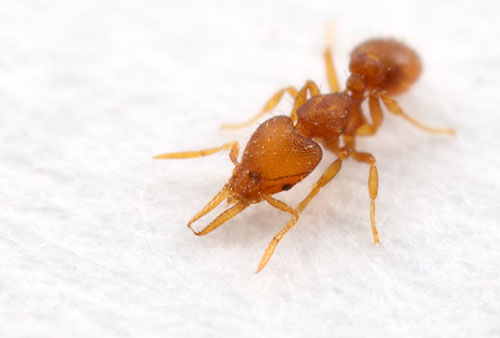
Pyramica eggersi

Pseudomyrmex gracilis, with larva
- Log in to post comments
More like this
By request, I have now organized the ant photos by subfamily. This mimics the arrangement from the old site. For the smug-muggers out there who want to know how it works, I basically set up an "old journal" gallery and put the genus names and links into the caption box. I used CSS to set all…
My earlier list of the most-studied ant species contained a few omissions. Here is a more inclusive list:
Ant species sorted by number of BIOSIS-listed publications, 1984-2008
The Top 10 Species
Publications
Solenopsis invicta
984
Linepithema humile
343
Lasius niger
250
Formica…
...well, not really. But an exchange I had at Photo Synthesis with Andrew Bleiman of Zooillogix got me thinking about all the different insects that have charmingly envenomated me at one time or another.
Myrmecia piliventris, Australia
So I'm starting a meme called Things That Have Stung Me. …
As if we didn't already have enough pest ants to worry about, here is a relatively new one. The rover ant Brachymyrmex patagonicus, a tiny South American species, has been working its way under the radar across the southern United States. Its presence is now large enough that pest control…

I'm jealous of your chance to observe such a diversity of species. I wish I lived somewhere with more diverse nature.
I know what you mean, liudvikas. Our diversity here in the farmlands of central Illinois isn't all that high either, so when I got a chance last week to catch a ride down to Florida I jumped at it.
Ah, the memories!
Thanks for the nice images of a once quite familiar fauna.
Thanks James. I will eventually be emailing you some Paratrechina images to get your taxonomic opinion on them.
Paratrechina longicornis seems to be taking over the world! Hairy little monsters.
oh my! The luxury of having species names for all those ants...!
I wish I could do that. But the whole country I live in has only a few kinds of ant, mainly Lasius Niger - there's plenty of that. Apart from amazing Formica Rufa nests, there isn't anything really interesting.
True in some places, Ptygmit, but at Archbold several native Paratrechina and at least one other exotic are doing quite well also.
That is good to hear James. Here in north eastern Australia Paratrechina longicornis and Phiedole megacephala are rapidly displacing natives in urban and disturbed habitats.
Saying that... I actually have a colony of native Paratrechina (I believe it is minutula) in my front yard.
A great series of ants/images. A very interesting fauna of a very distinct ecosystem. I enjoyed both posts.
Hope the weather is better here in Perth this weekend - itching to do some macrophotography >_<